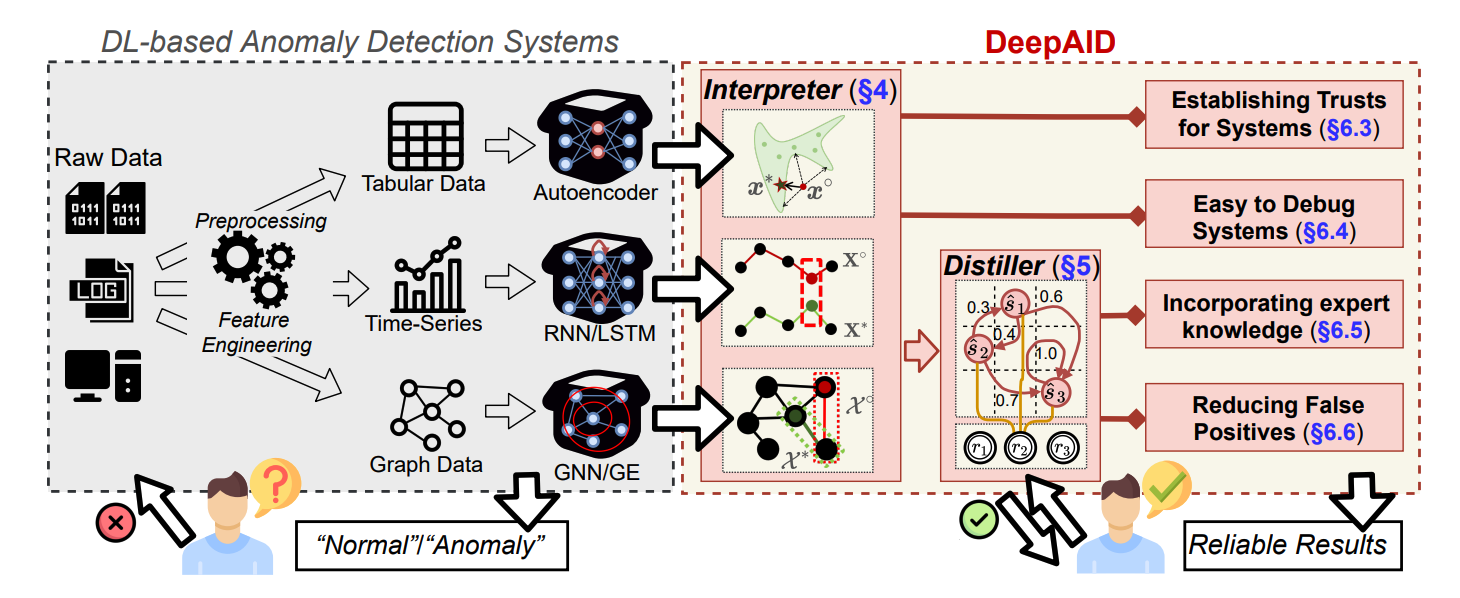Focusing on the scientific problem of
"the contradiction between perception completeness, accuracy and efficiency", we have carried out research on network-centric application behaviour perception technology from the perspectives of network state monitoring, application component association analysis and application behaviour deduction.
To address the low efficiency of performance monitoring of large OSPF/BGP networks, we proposed a test traffic generation technique based on formal analysis [
TIFS'23] [
TPDS'22], which achieves real-time monitoring of network performance of the whole network with full coverage at low cost;
to address the problem that it is difficult to fully capture the application behaviours due to the variety of types of large-scale distributed application components deployed in the network. We have designed and implemented a narrow-waisted double-loop non-intrusive application data collection mechanism [
SIGCOMM'23], which enables low overhead data collection of application behaviours without intruding into the applications.
The proposed techniques of Internet IPv6 active address detection and IPv6 geolocation for latency [
NETWORKING'23] can accurately and quickly locate the geolocation and other information of assets in the network;
to address the challenges of widely distributed application behaviours on the network and the cloud and the difficulty of accurately monitoring the service status, we design and implement a service quality inference method based on the correlation analysis of heterogeneous data [
SIGCOMM'23], which can collect low overhead data on application behaviours without intrusion.
Inference method [
TON'19] [
TIFS], through machine learning and deep learning and other methods, it realises high-precision service quality inference for applications.
We have published nearly 20 high-level papers in high-level or international conferences such as SIGCOMM, ToN, CCS, TIFS, TPDS, etc., and applied for nearly 10 invention patents, of which the core technology DeepFlow [
SIGCOMM'23] is supported by Cloud Native Computing Foundation (CNCF), and has been awarded the 2022 China Open Source Cloud Alliance - Excellent Open Source project, which is applied by more than 70 famous enterprises such as Bank of China and China Mobile.










